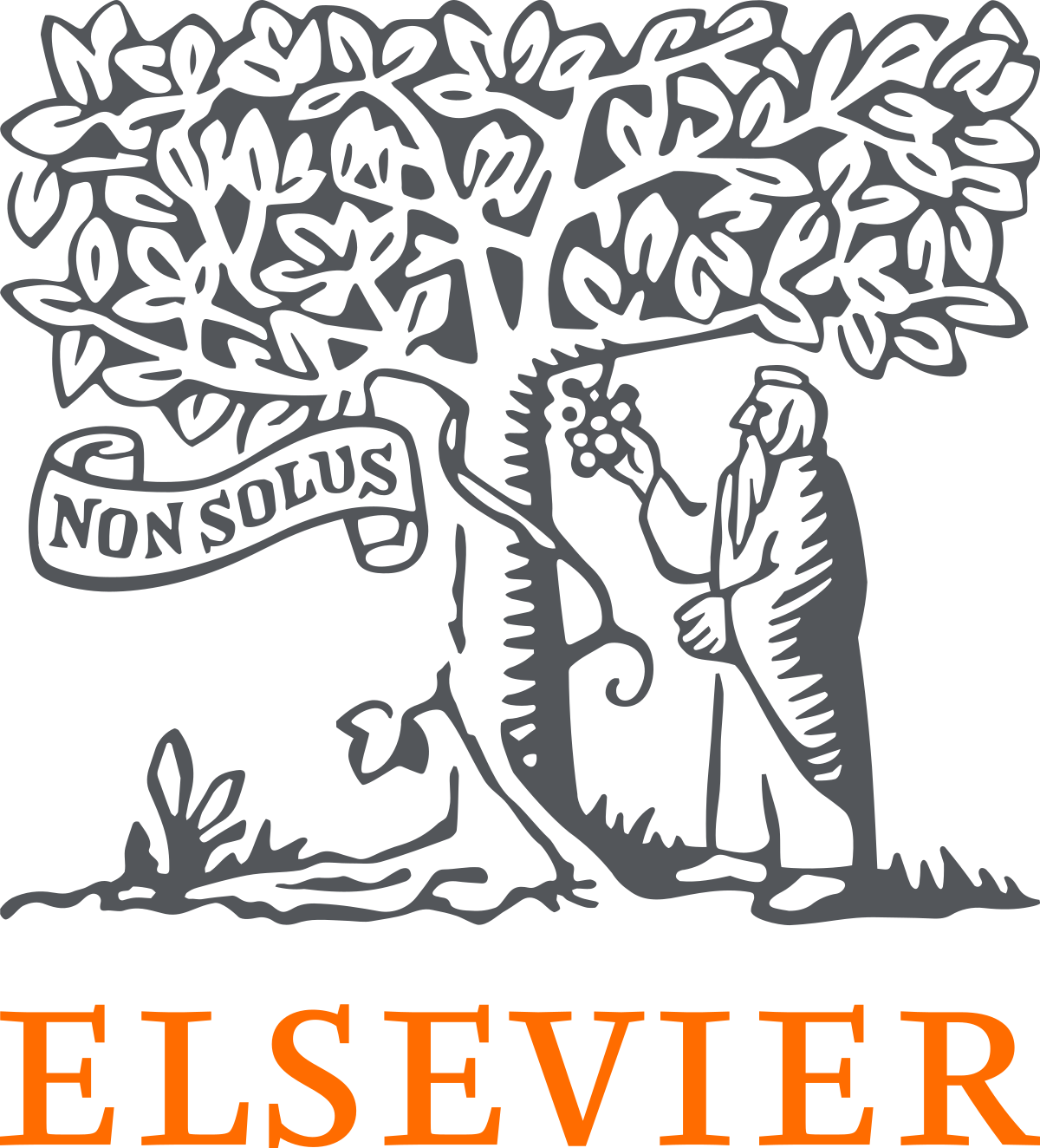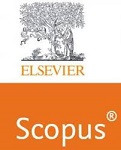The Role of Generative Adversarial Networks in Transforming Creative Industries: Innovations and Implications
Keywords:
Generative Adversarial Networks (GANs), deep learning, human creativity, economic implications, social implications, model training methods, copyright, authorship, GAN architecture, ethical frameworks, AI integrationAbstract
This research report mainly emphasizes the transformational impacts of the Generative Adversarial Networks (GANs) technology that are related to the creative industries, including the music, art, fashion, and other filmmaking industries. It mainly leverages deep learning technology and mimics human creativity pushing the boundary of the creativity fields. It contains different highlights that enhance the social and economic implications through model training methods that address the authorship, and copyright and also preserve traditional human creativity. Thus it concludes the enhancement of the GAN architecture and includes the development of the ethical frameworks that foster interdisciplinary collaboration through AI integration.
Downloads
References
Hughes, R.T., Zhu, L. and Bednarz, T., 2021. Generative adversarial networks–enabled human–artificial intelligence collaborative applications for creative and design industries: A systematic review of current approaches and trends. Frontiers in artificial intelligence, 4, p.604234.
Amankwah-Amoah, J., Abdalla, S., Mogaji, E., Elbanna, A. and Dwivedi, Y.K., 2022. The impending disruption of creative industries by generative AI: Opportunities, challenges, and research agenda. International Journal of Information Management, p.102759.
Paladugu, P.S., Ong, J., Nelson, N., Kamran, S.A., Waisberg, E., Zaman, N., Kumar, R., Dias, R.D., Lee, A.G. and Tavakkoli, A., 2022. Generative adversarial networks in medicine: important considerations for this emerging innovation in artificial intelligence. Annals of biomedical engineering, 51(10), pp.2130-2142.
Anantrasirichai, N. and Bull, D., 2022. Artificial intelligence in the creative industries: a review. Artificial intelligence review, 55(1), pp.589-656.
Bhatt, C. and Bhatia, A., 2020. GENERATIVE ADVERSARIAL NETWORKS APPLICATIONS. RES MILITARIS, 10(1), pp.105-111.
Ramdurai, B. and Adhithya, P., 2023. The impact, advancements and applications of generative AI. International Journal of Computer Science and Engineering, 10(6), pp.1-8.
Sohn, K., Sung, C.E., Koo, G. and Kwon, O., 2020. Artificial intelligence in the fashion industry: consumer responses to generative adversarial network (GAN) technology. International Journal of Retail & Distribution Management, 49(1), pp.61-80.
Aggarwal, A., Mittal, M. and Battineni, G., 2021. Generative adversarial network: An overview of theory and applications. International Journal of Information Management Data Insights, 1(1), p.100004.
Cheng, J., Yang, Y., Tang, X., Xiong, N., Zhang, Y. and Lei, F., 2020. Generative adversarial networks: A literature review. KSII Transactions on Internet and Information Systems (TIIS), 14(12), pp.4625-4647.
Aggarwal, A., Mittal, M. and Battineni, G., 2021. Generative adversarial network: An overview of theory and applications. International Journal of Information Management Data Insights, 1(1), p.100004.
Creswell, A., White, T., Dumoulin, V., Arulkumaran, K., Sengupta, B. and Bharath, A.A., 2018. Generative adversarial networks: An overview. IEEE signal processing magazine, 35(1), pp.53-65.
Fadnavis, N. S., Patil, G. B., Padyana, U. K., Rai, H. P., & Ogeti, P. (2020). Machine learning applications in climate modeling and weather forecasting. NeuroQuantology, 18(6), 135-145. https://doi.org/10.48047/nq.2020.18.6.NQ20194
Predictive Maintenance and Resource Optimization in Inventory Identification Tool Using ML. International Journal of Open Publication and Exploration, 8(2), 43-50. https://ijope.com/index.php/home/article/view/127
AI-Driven Customer Relationship Management in PK Salon Management System. (2019). International Journal of Open Publication and Exploration, ISSN: 3006-2853, 7(2), 28-35. https://ijope.com/index.php/home/article/view/128
Big Data Analytics using Machine Learning Techniques on Cloud Platforms. (2019). International Journal of Business Management and Visuals, ISSN: 3006-2705, 2(2), 54-58. https://ijbmv.com/index.php/home/article/view/76
Tilala, Mitul, and Abhip Dilip Chawda. "Evaluation of Compliance Requirements for Annual Reports in Pharmaceutical Industries." NeuroQuantology 18, no. 11 (November 2020): 138-145. https://doi.org/10.48047/nq.2020.18.11.NQ20244.
Ashok : "Choppadandi, A., Kaur, J.,Chenchala, P. K., Nakra, V., & Pandian, P. K. K. G. (2020). Automating ERP Applications for Taxation Compliance using Machine Learning at SAP Labs. International Journal of Computer Science and Mobile Computing, 9(12), 103-112. https://doi.org/10.47760/ijcsmc.2020.v09i12.014
Chenchala, P. K., Choppadandi, A., Kaur, J., Nakra, V., & Pandian, P. K. G. (2020). Predictive Maintenance and Resource Optimization in Inventory Identification Tool Using ML. International Journal of Open Publication and Exploration, 8(2), 43-50. https://ijope.com/index.php/home/article/view/127
Santosh Palavesh. (2021). Developing Business Concepts for Underserved Markets: Identifying and Addressing Unmet Needs in Niche or Emerging Markets. Innovative Research Thoughts, 7(3), 76–89. https://doi.org/10.36676/irt.v7.i3.1437
Santhosh Palavesh. (2019). The Role of Open Innovation and Crowdsourcing in Generating New Business Ideas and Concepts. International Journal for Research Publication and Seminar, 10(4), 137–147. https://doi.org/10.36676/jrps.v10.i4.1456
Downloads
Published
How to Cite
Issue
Section
License

This work is licensed under a Creative Commons Attribution-ShareAlike 4.0 International License.
All papers should be submitted electronically. All submitted manuscripts must be original work that is not under submission at another journal or under consideration for publication in another form, such as a monograph or chapter of a book. Authors of submitted papers are obligated not to submit their paper for publication elsewhere until an editorial decision is rendered on their submission. Further, authors of accepted papers are prohibited from publishing the results in other publications that appear before the paper is published in the Journal unless they receive approval for doing so from the Editor-In-Chief.
IJISAE open access articles are licensed under a Creative Commons Attribution-ShareAlike 4.0 International License. This license lets the audience to give appropriate credit, provide a link to the license, and indicate if changes were made and if they remix, transform, or build upon the material, they must distribute contributions under the same license as the original.





